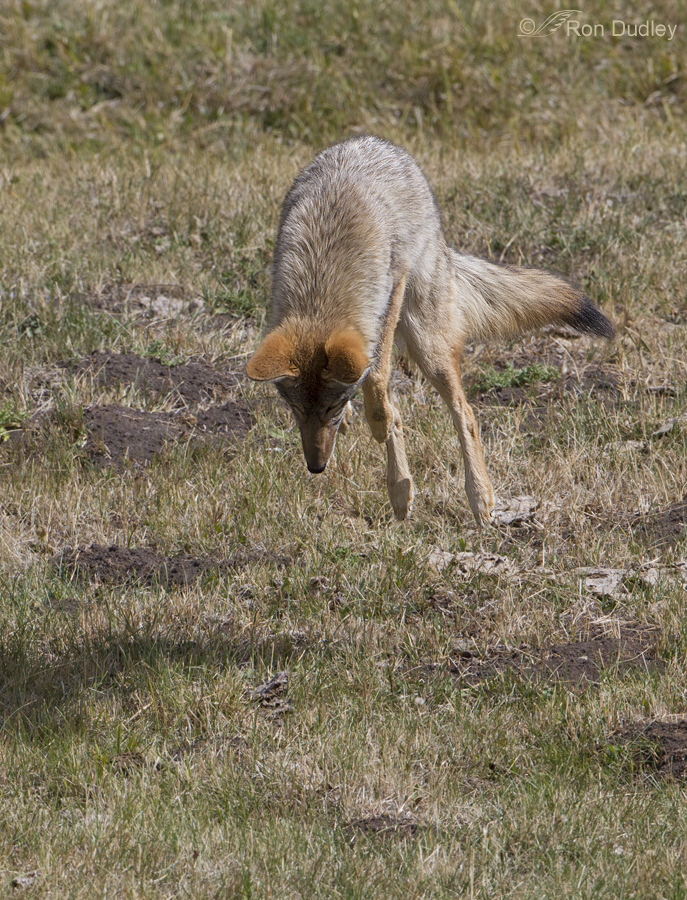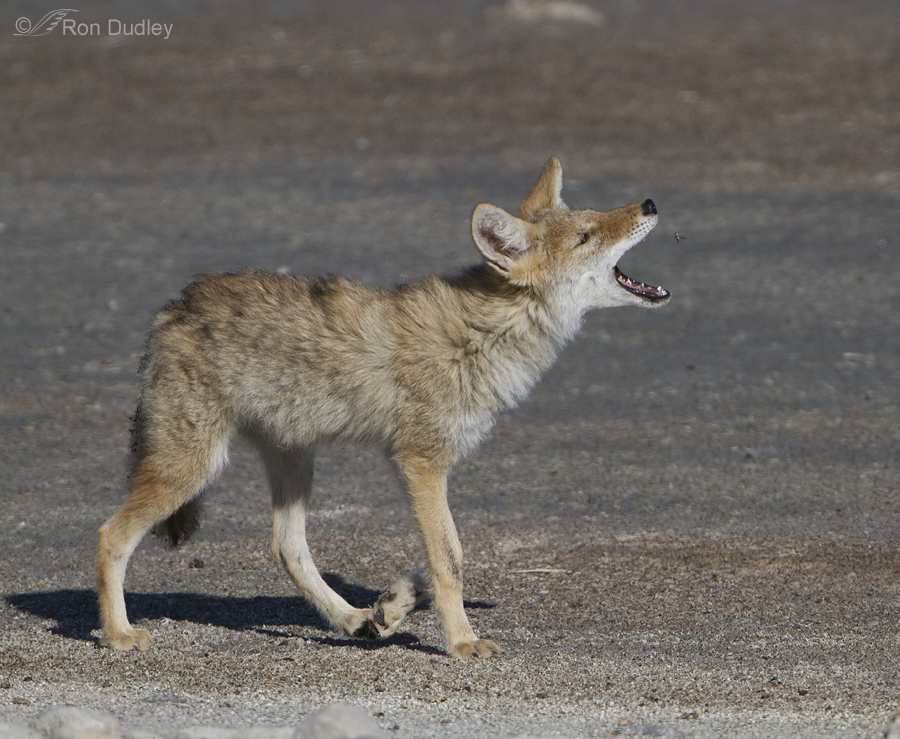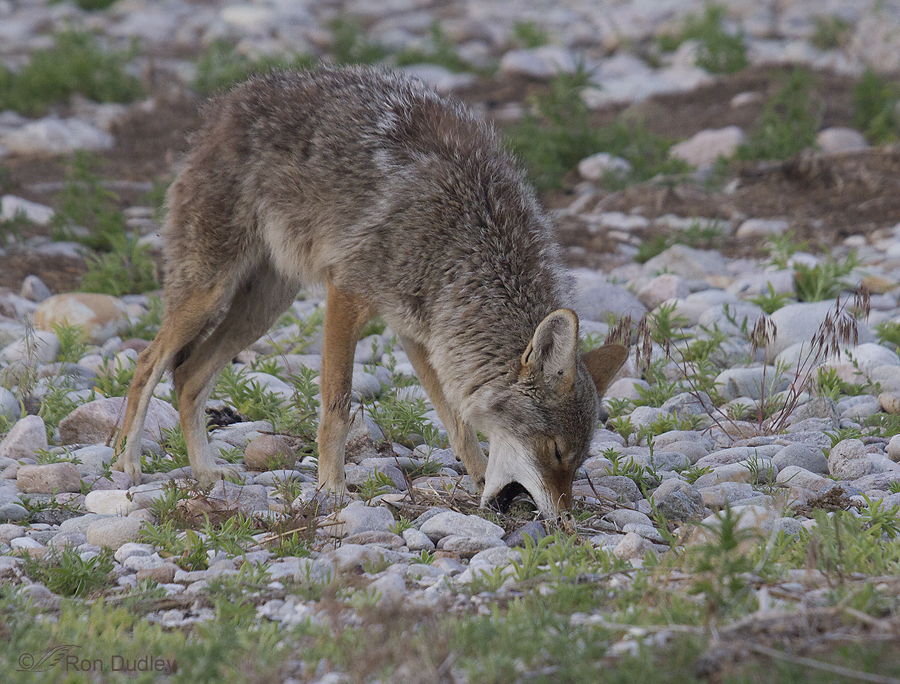A Montana Coyote On The Prowl

One afternoon on our latest Montana trip we decided to do a little “sploring” (as we call it) and investigate some country new to us so we spent several hours cruising the back roads on the south side of the Centennial Mountains. We found a beautiful mountain valley very close to the continental divide that provided a variety of habitats but few birds.
But it did give me my best photographic opportunity ever with a Montana coyote.



